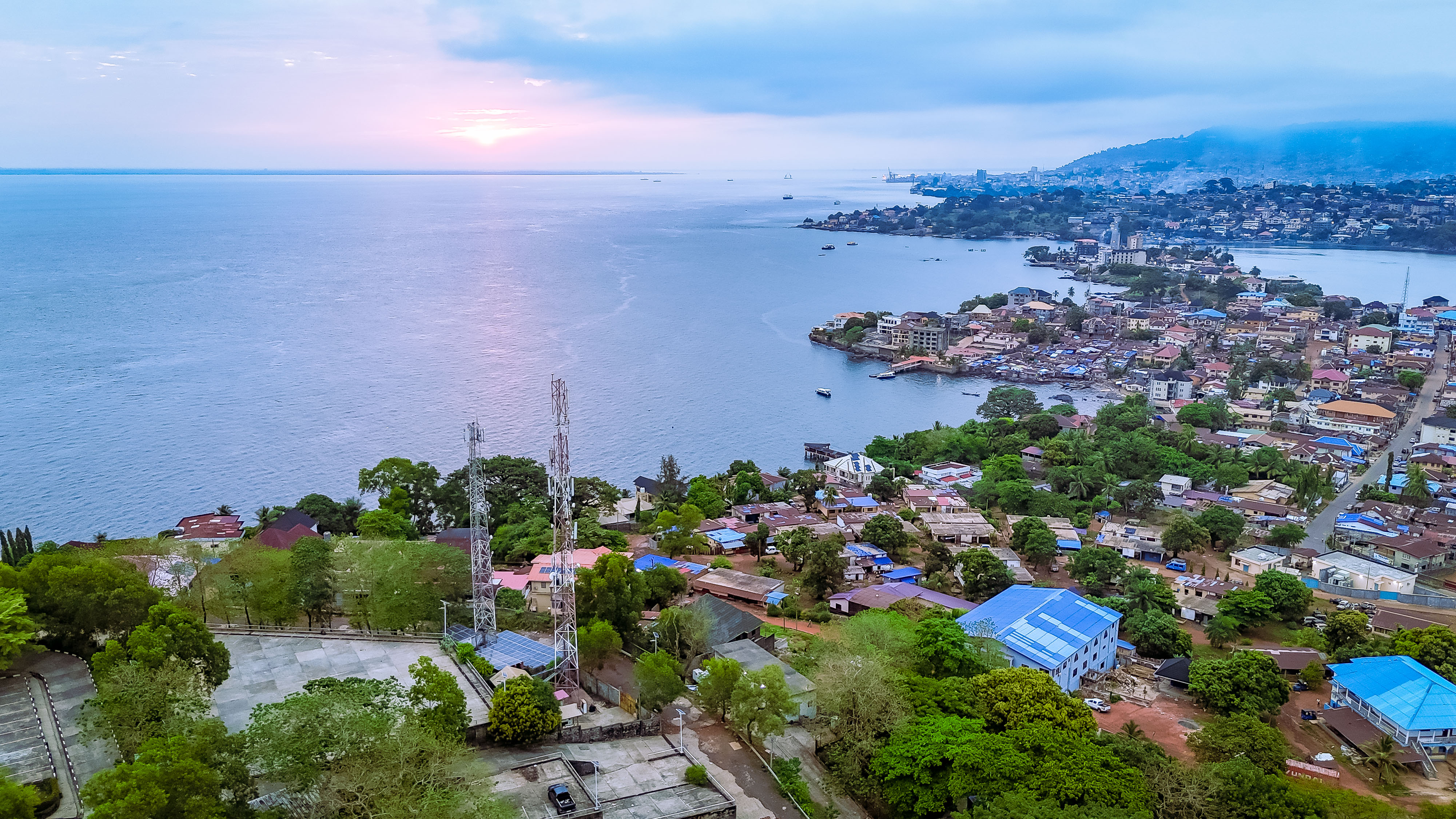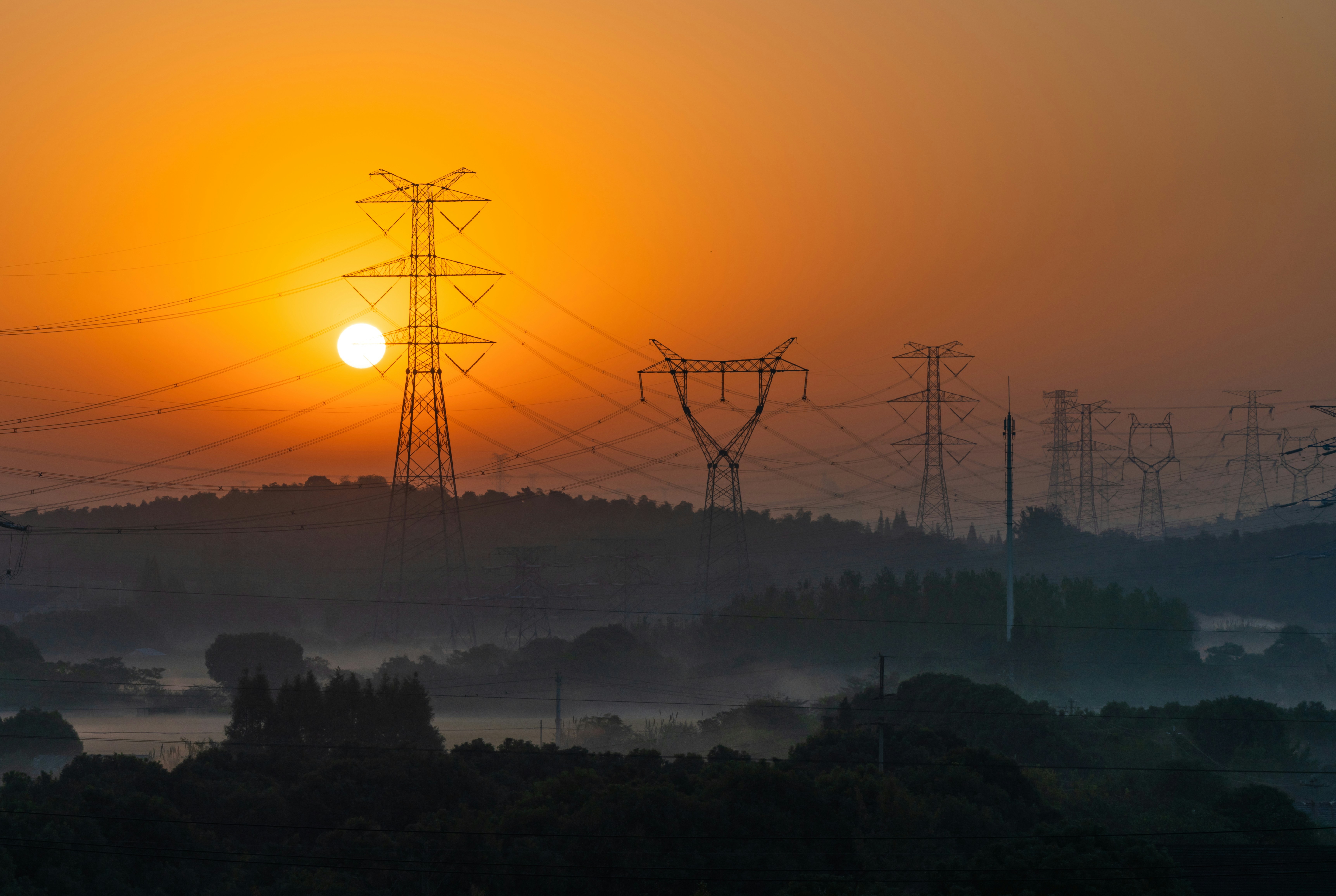
Key insights from Mining on Top Africa 2025: How energy is reshaping Africa’s mining landscape
CrossBoundary Energy recently attended Mining on Top Africa in Paris, France, where we had the opportunity to engage with key players from the global mining ecosystem, institutional finance, and renewable project development.
Here are our key takeaways on what’s driving the conversation around mining’s transformation across the continent:
1. Mining’s infrastructure challenges are creating new opportunities
Operations often begin in remote, underdeveloped areas lacking basic infrastructure, raising critical questions about community access and long-term sustainability. Examples from the conference showed innovative approaches: renewable energy projects co-owned with communities, Platinum Group Metals mining partnerships in South Africa improving water access, and solar-powered clinics and schools serving mining areas.
2. Transparency and digitization are foundational for investment
The conference highlighted how countries like the DRC are digitizing geological data through public-private partnerships, creating the transparency that investors need. Multiple funding models are emerging—from Senegal’s mining support fund (financed by 20% of mining royalties) to multilateral development bank support for regional geological research.
3. Mining policies are evolving beyond basic local requirements
Countries like Senegal and the DRC are now focusing on capturing more value domestically through local processing and value addition. Case studies from Guinea and Ivanhoe Mines in the DRC demonstrated successful models. At the same time, the DRC’s regulatory framework was highlighted as enabling both ethical mining and access to affordable, clean electricity.
Meanwhile, Senegal is building gold refineries and jewelry production as part of its state participation strategy, and the DRC’s subcontracting laws require companies to work with Congolese firms—both examples of how policy is driving industrial transformation.
4. Infrastructure planning must think beyond the mine life
The recurring question came up during discussions: Who owns and maintains critical infrastructure after mining operations wind down? Smart public-private partnership structuring and community access considerations are becoming non-negotiable for new projects.
5. Regional integration is the key to scale
With the prevalence of regional mineral deposits, there is increased focus on cross-border mining operations. Regional projects, particularly in renewable energy and hydrogen, are gaining momentum with backing from EU funding and multilateral development banks.
For energy developers, the message is clear: mining infrastructure needs are creating unprecedented opportunities for innovative financing and community-centered solutions. As the conference emphasized, public-private partnerships and regional integration will be essential for sustainable mining-led development.




